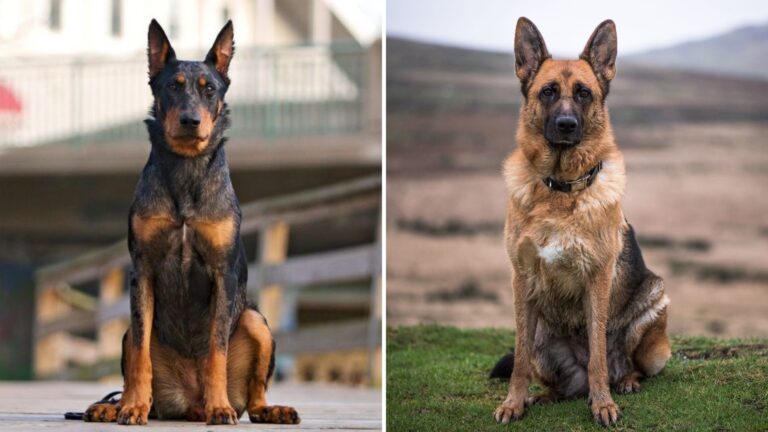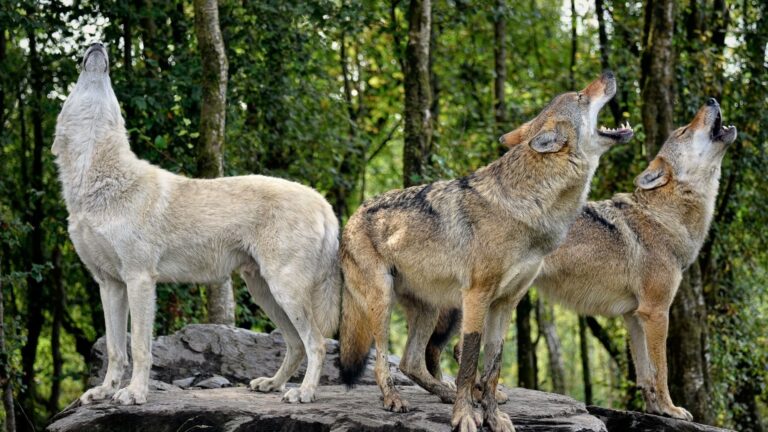12 Key Traits That Set Panthers Apart From Leopards And It’s Not Just The Color
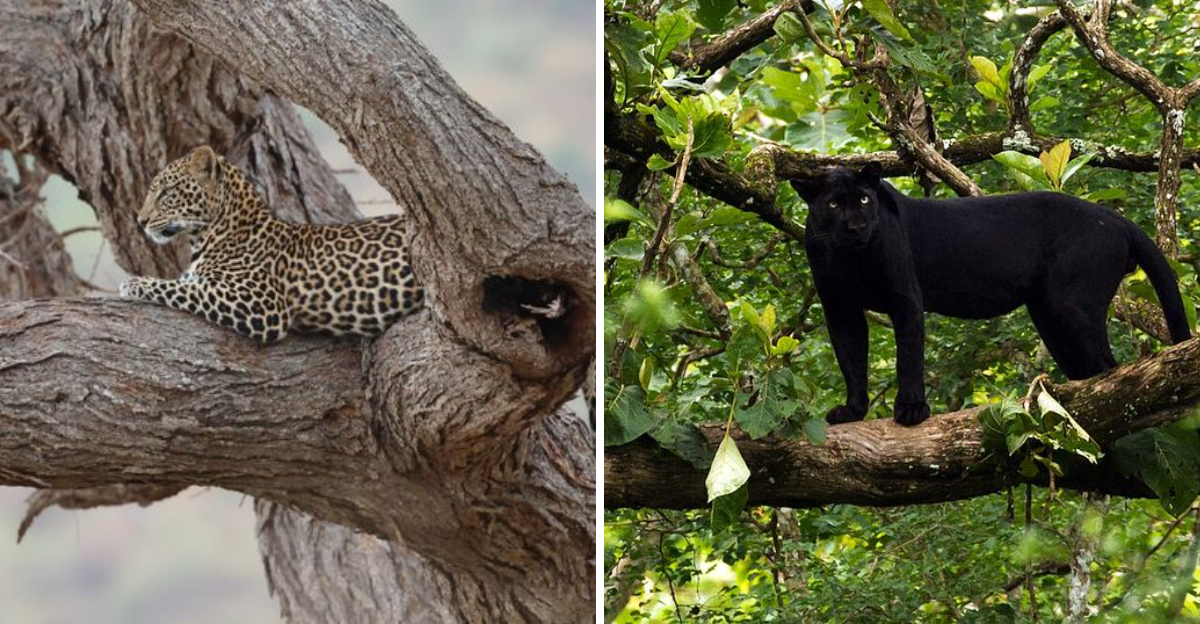
Ever wondered why panthers and leopards often get mixed up? These magnificent big cats share similarities but are actually quite different from each other.
Beyond their striking appearance, they have unique traits that help them survive in their environments. Let’s explore what makes these beautiful creatures distinct from one another.
1. Definition Of Panther Vs Leopard
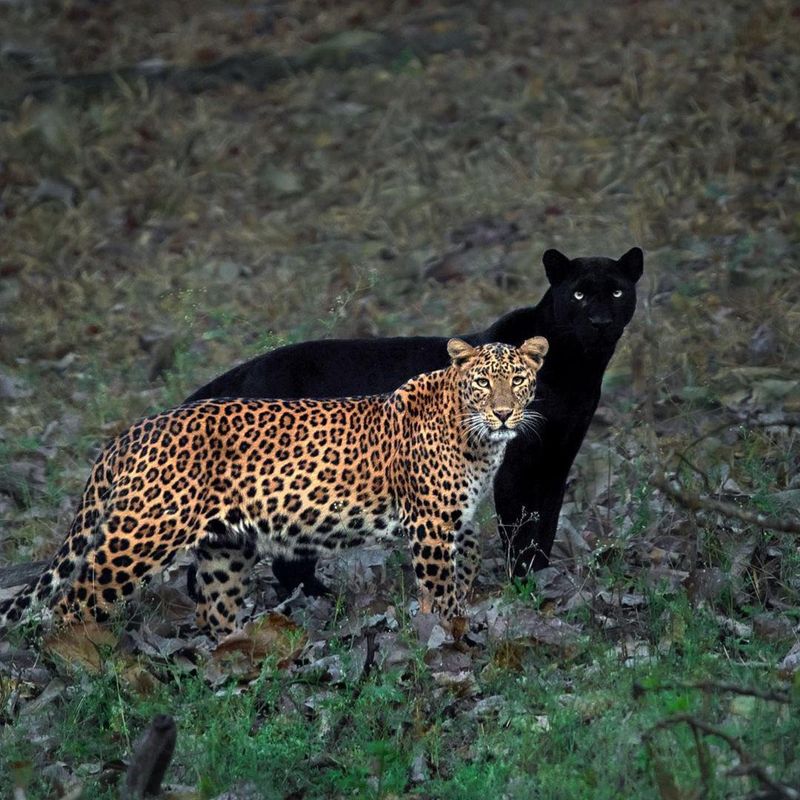
‘Panther’ isn’t a specific species but a term for melanistic leopards, jaguars, or even cougars in some regions. Leopards, however, belong to a distinct species (Panthera pardus).
This naming confusion often leads people to believe they’re completely different animals. In reality, most black panthers are just color variants of leopards or jaguars!
2. Melanism Vs. Spotted Fur
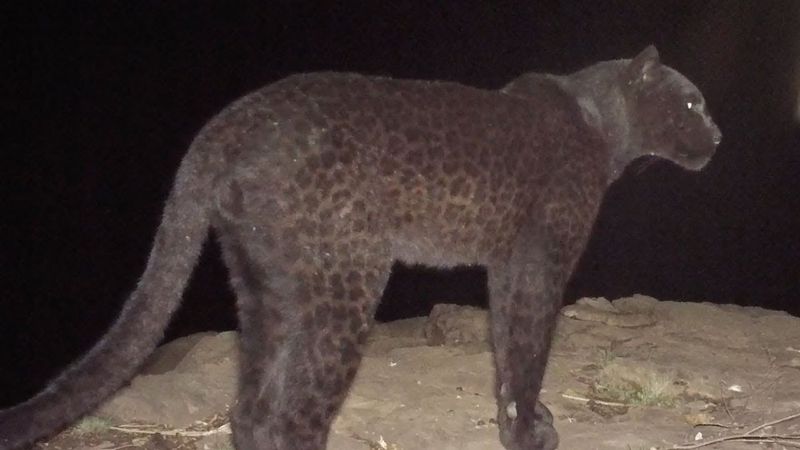
The midnight-black coat of a panther results from melanism, a genetic mutation causing excessive dark pigment production. Unlike the leopard’s iconic rosette pattern, this solid coloration helps panthers blend into shadowy forests.
Fun fact: A panther’s spots are still present beneath the black fur—they’re just hidden by the dark pigmentation!
3. Geographical Range
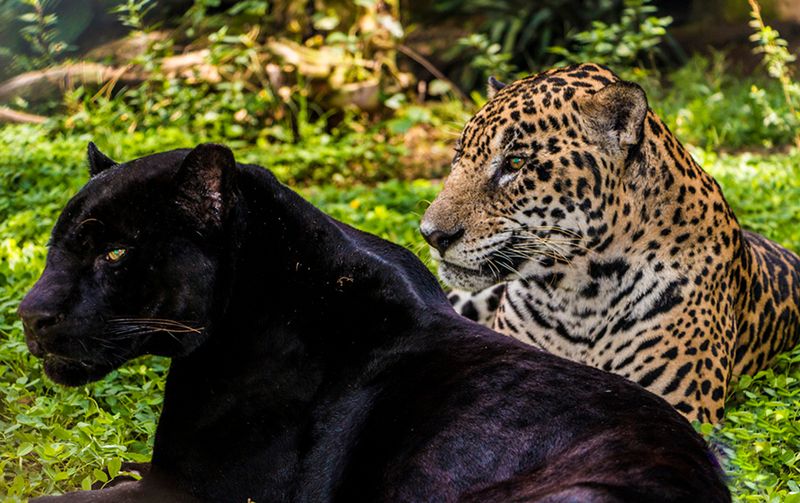
Spotted leopards roam across Africa and parts of Asia, adapting to diverse habitats from deserts to rainforests. Black panthers (melanistic leopards) are more commonly found in the dense jungles of Southeast Asia, particularly Malaysia.
Meanwhile, cougars—sometimes called Florida panthers—range throughout the Americas, from Canada to the tip of South America.
4. Size And Build
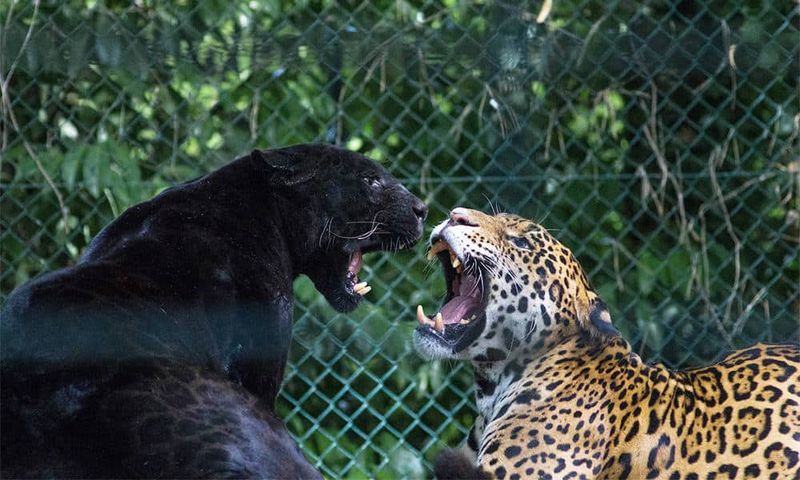
While both cats are powerful predators, there’s a noticeable difference in their physique. Cougars (North American panthers) typically outweigh leopards by 30-50 pounds, with more muscular shoulders and longer bodies.
Leopards compensate for their smaller size with incredible pound-for-pound strength, capable of hoisting prey twice their weight into trees.
5. Habitat Preferences
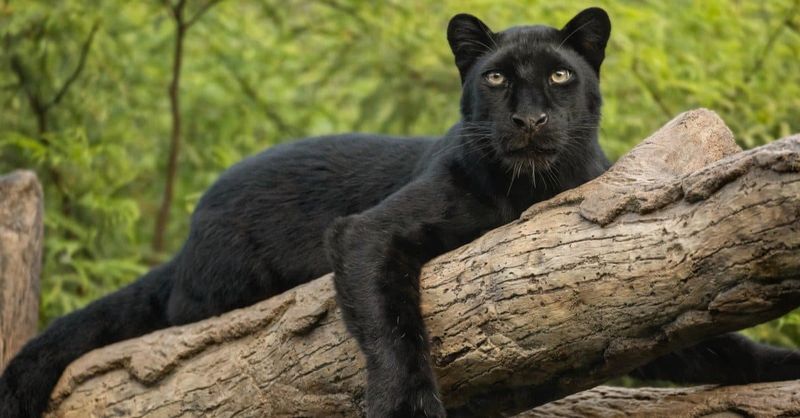
Masters of adaptation, leopards thrive in diverse environments from scorching savannas to snowy mountains. They’re even found on the outskirts of major cities in India!
Cougars (American panthers) prefer rugged mountain terrain and dense forests. Black panthers gravitate toward thick rainforests where their dark coats provide perfect camouflage in the shadowy understory.
6. Diet And Hunting Style
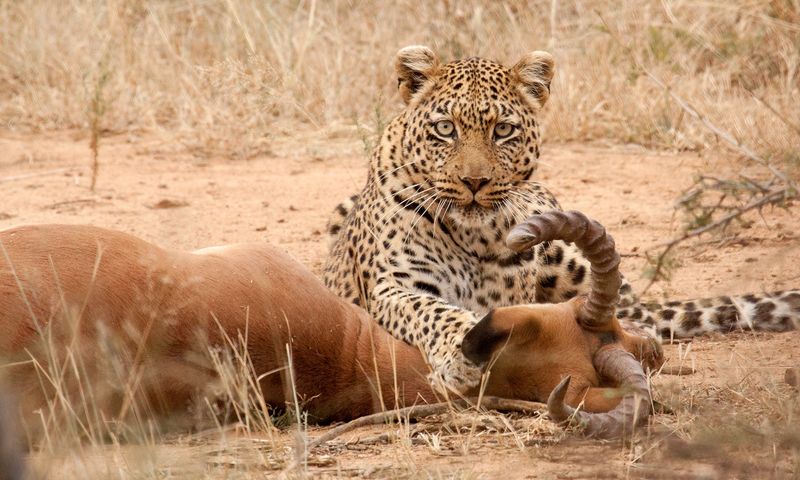
Stealth defines both cats, but their hunting approaches differ subtly. Leopards are opportunistic feeders, taking everything from beetles to buffalo, and famously cache kills in trees away from scavengers.
Cougars specialize in deer-sized prey, using powerful haunches to leap up to 40 feet in a single bound! Their hunting territories can span over 100 square miles.
7. Social Behavior
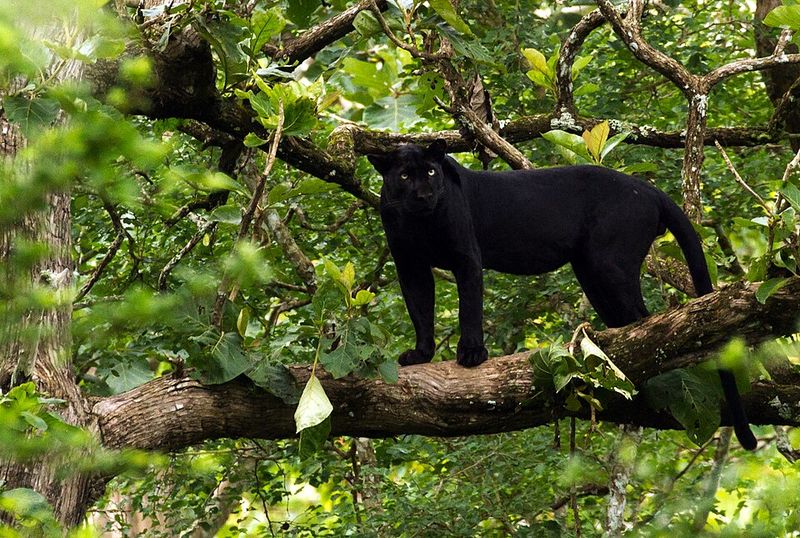
Loners at heart, both cats avoid company except during mating. However, leopards sometimes tolerate neighbors in overlapping territories when resources are plentiful.
Cougars maintain stricter territorial boundaries, with males claiming vast areas that may encompass several female territories. Young males face dangerous journeys, traveling hundreds of miles to establish their own range.
8. Vocalizations
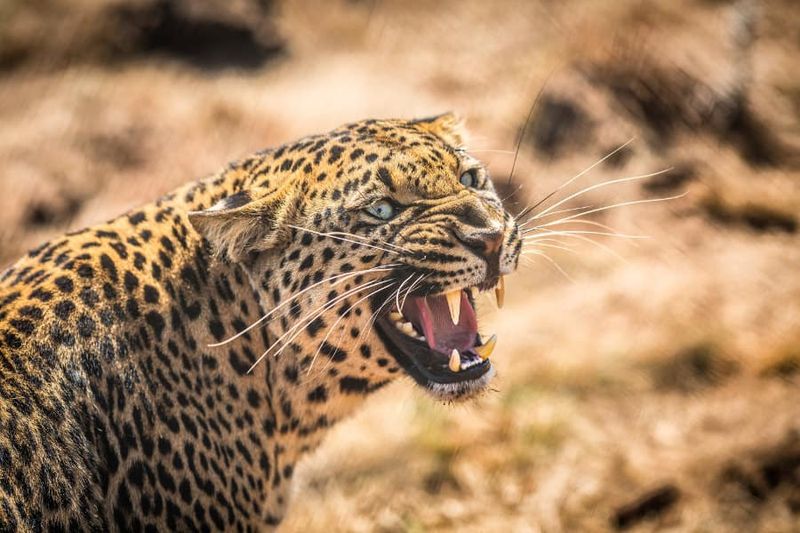
The night-chilling scream of a cougar sounds eerily like a woman in distress—a sound that’s become the stuff of wilderness legends. These haunting calls typically announce mating availability.
Leopards communicate through a repertoire of sounds including sawing purrs, rasps, and coughs. Unlike lions and tigers, neither leopards nor cougars can truly roar!
9. Climbing Abilities
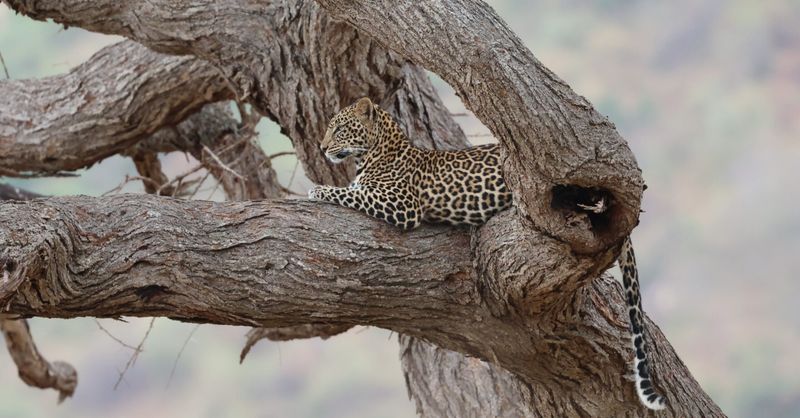
Tree-climbing champions of the cat world, leopards practically live in the branches. Their powerful shoulder muscles and retractable claws make scaling trunks effortless, even while carrying prey weighing more than themselves!
Cougars can climb when necessary but prefer to keep their hunting on solid ground. Their larger size makes them less agile in trees than their spotted relatives.
10. Reproductive Differences
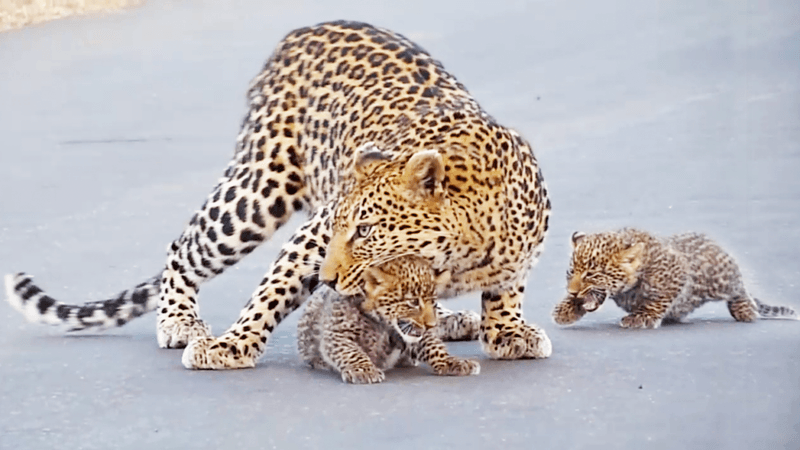
Female cougars reach sexual maturity earlier than leopards, sometimes breeding before they’re two years old. They’re also more prolific, potentially raising litters every other year throughout their 12-year lifespan.
Leopard cubs face higher mortality rates from predators like lions and hyenas, leading to more conservative reproduction strategies and longer intervals between litters.
11. Conservation Status
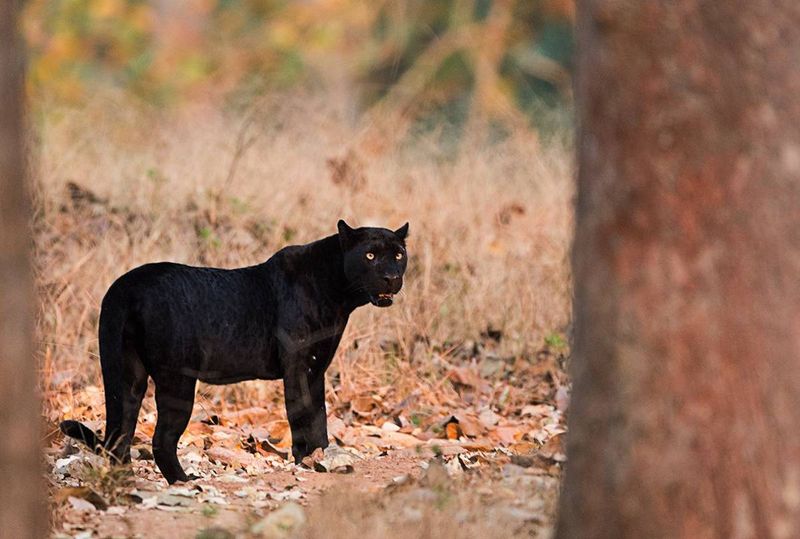
Leopards face a precarious future, classified as ‘Vulnerable’ by conservation authorities. Their numbers have plummeted by over 30% in the past three generations due to habitat loss and poaching for their beautiful coats.
The Florida panther subspecies of cougar teetered on extinction with just 20 individuals in the 1970s. Today, thanks to dedicated conservation, their population has rebounded to about 200.
12. Behavioral Adaptations
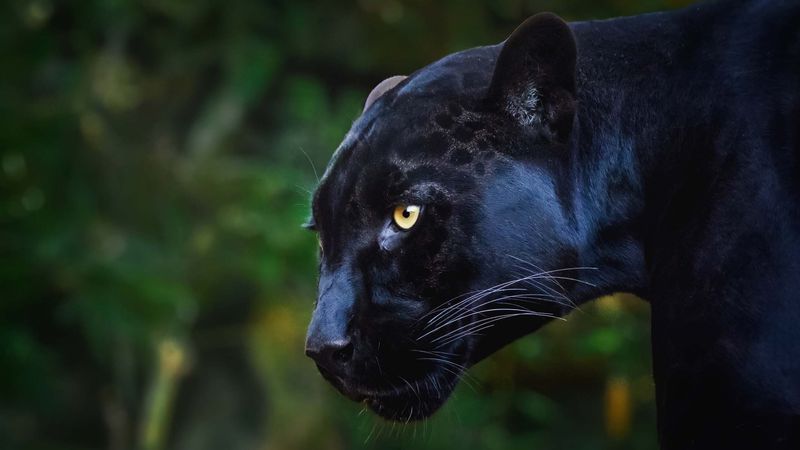
Leopards rely on their camouflage for more than hunting—they’ve developed remarkable patience, sometimes stalking prey for hours before striking. Their spotted coats break up their outline in dappled forest light.
Black panthers excel in twilight hunting, using darkness as an ally. Their shadowy appearance helps them vanish in the dim rainforest understory, becoming virtually invisible to prey.

